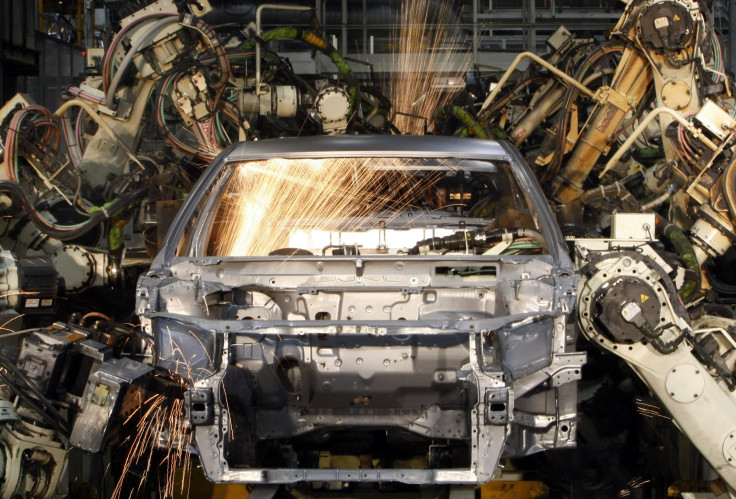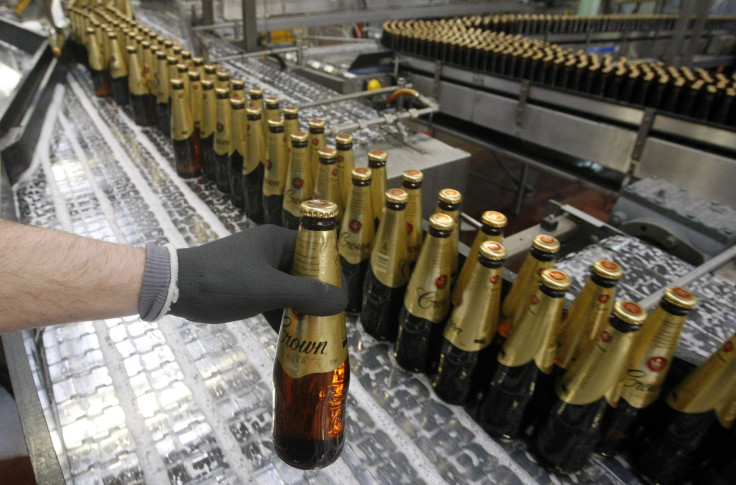Australian manufacturing beats the odds to outpace US, Europe activity in March - strongest month in over a decade

Manufacturing in Australia has shot up to its highest level of expansion since April 2004 according to the Ai Group’s Performance of Manufacturing Index (PMI).
The index, which takes into account production levels, new orders, deliveries, inventories and employment figures, all with varying weights, shows that the Australian manufacturing sector has expanded for nine months straight—the country’s longest period of expansion since 2006.
“The strong manufacturing performance and its expansionary run since the middle of 2015 are in large part due to the boost provided by the lower Australian dollar,” Ai Group’s chief executive Innes Willox said.
“Even though the dollar has appreciated quite strongly since mid-January, the local currency is still close to 30 percent lower against the US dollar and almost 20 percent lower against the Trade Weighted Index compared with three years ago.”
Compared to the American and Eurozone Flash PMIs, Australia significantly outgrew both regions in March, while China, Japan and the UK instead saw declines in manufacturing.
The boost in manufacturing was largely on the back of the food, beverages and tobacco subsector, which reached its highest ever recorded level on the index.
Thanks to the weaker Australian dollar, locally manufactured food and beverage products are beginning to replace imports, while exports from Australia are also increasing.

Wood and paper products also saw a significant increase, while the large machinery and equipment subsector showed its first signs of growth since January 2012.
Willox said the beginning of recovery for the large machinery and equipment subsector was “significant” because it has withstood decreased mining investment as well as the wind-down of the local automotive industry.
In total, five of the eight manufacturing subsectors listed by the ANZSIC industry classifications experienced growth in March.
One of the three subsectors which did now show growth was large metal products, which has undergone a continuous contraction since late 2010.
Respondents from the large metal product subsector cited reduced demand, increasing input costs and uncertain economic outlook as reasons for the decline.
The “very small” printing and recorded media subsector also continued to fall because of rapid technology changes and competition from abroad.
The only other subsector that did not experience growth was the non-metallic mineral products subsector, which remained stable following a solid growth in February.
Manufacturers in this subsector, which produces bricks, cement and glass, noted that a decline in large engineering construction activities counterbalanced increased demand from residential construction.
With the manufacturing momentum now positive from the initial depreciation of the Australian dollar, Willox believes “the positive trend appears to have some way to run”.
“That said, the sharp lift in the value of the Australian dollar over the past two and a half months will test some manufacturers and, if maintained, can be expected to slow the pace of recovery over the months ahead.”





















